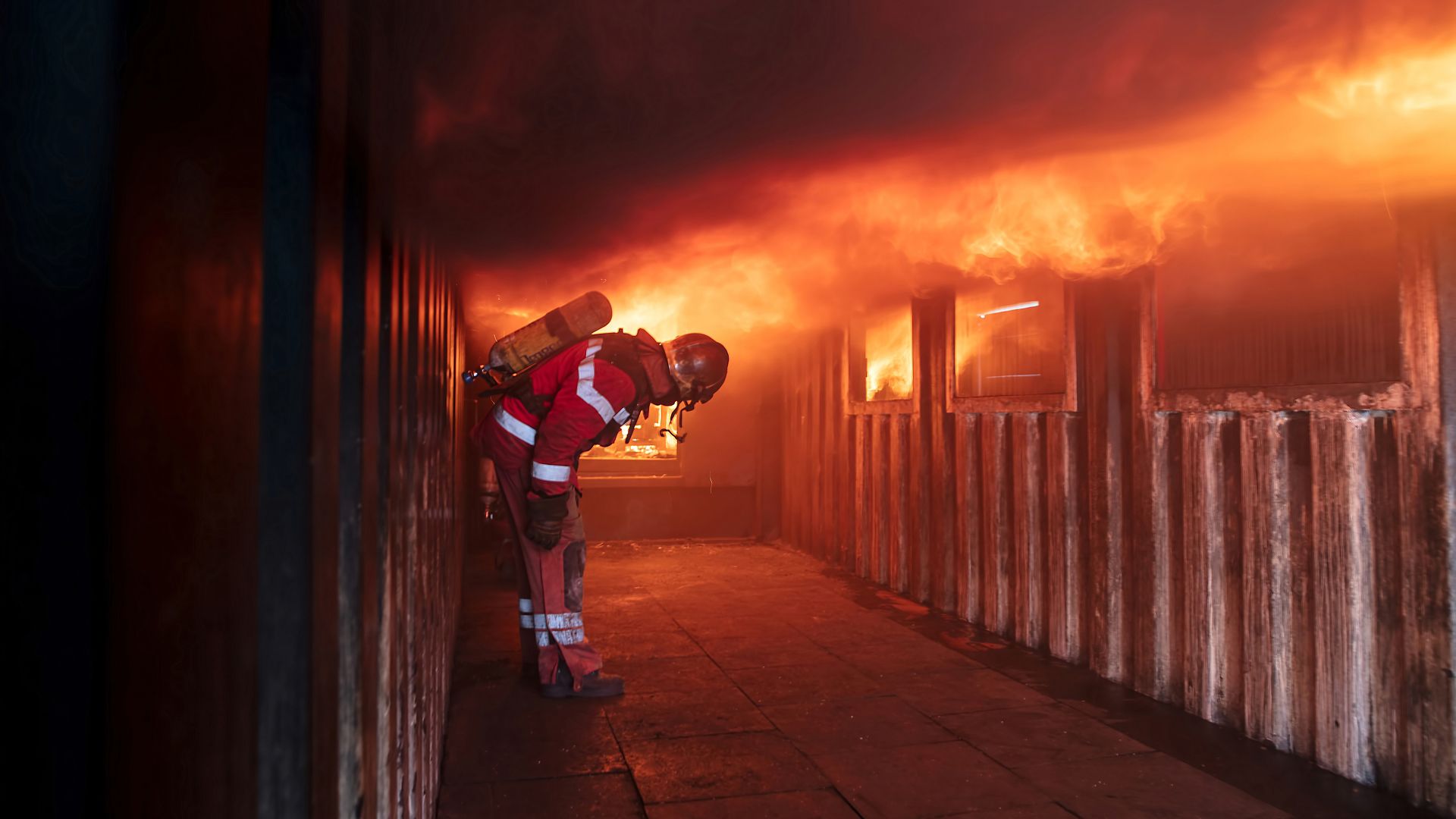Fire protection is an increasingly important part of today’s building industry largely due to urbanization. The more concentrated environments we live in, the higher the risk is for a life-threatening fire to spread quickly. Buildings and structures need protection against this imminent threat. Consistent use of integrated, passive fire protection is the most effective way to minimize this risk and protect people’s lives, their property and the environment.
What is Passive Fire Protection?
Seals and Penetrations as Weak Points after Fire Breakouts
Modern building frameworks are interspersed with multiple utility and network services including cables, pipes and ventilation ducts in both horizontal and vertical directions, resulting in countless penetrations through most of the walls and floors. Each of these penetrations and every joint between different building structures, elements and areas, is potentially a passage for the spread of flames, heat and toxic smoke into adjoining rooms and areas, which – in the worst case – may result in uncontrolled fire propagation throughout the entire building.
Active versus Passive Fire Protection
This is where passive fire protection comes into play. While active fire protection systems such as sprinklers can extinguish fires, passive fire protection is designed to prevent the spread of fire and contain it in defined compartments to minimize damage and even more importantly, to allow people in other areas the time to evacuate safely. In the event of a fire, the heat and smoke will spread through penetrations and joints in walls and floors, causing damage, endangering people and potentially also blocking escape routes.
Explore Our Product Range
Firestop Systems – An Essential Asset for Occupants and Owners
- Limits the spread of fire by containing it in a single compartment in its area of origin
- Slows the spread of toxic gas and black smoke, allowing people more time to escape more safely
- Provides vital escape time for people during fire incidents
- Protects escape routes, building structure and critical structural members
- Minimizes costs to rebuild after the fire
- Protects owners’ built assets
Sika's Passive Fire Protection
Fire resistant sealant for linear seals in interior walls and floors
Best recommended products
Fire resistant sealant for linear seals in interior walls and floors
Best recommended products
Sikacryl 620 Fire
Sikasil 670 Fire
Fire resistant sealant for linear seals in interior walls and floors
Best recommended products
Sikacryl 620 Fire
Sikasil 670 Fire
Fire resistant sealant for linear seals in interior walls and floors
Best recommended products
Sikacryl 620 Fire
Sikasil 670 Fire
Fire resistant sealant for linear seals in exterior walls and floors
Best recommended products
Sikasil 670 Fire
Fire resistant sealant for linear seals in exterior walls and floors
Best recommended products
Sikasil 670 Fire
Fire resistant sealant for linear seals in exterior walls and floors
Best recommended products
Sikasil 670 Fire
Fire resistant sealant for linear seals in exterior walls and floors
Best recommended products
Sikasil 670 Fire
Fire resistant sealant inside the conduit system
Best recommended products
Sikacryl 620 Fire
Fire resistant sealant inside the conduit system
Best recommended products
Sikacryl 620 Fire

